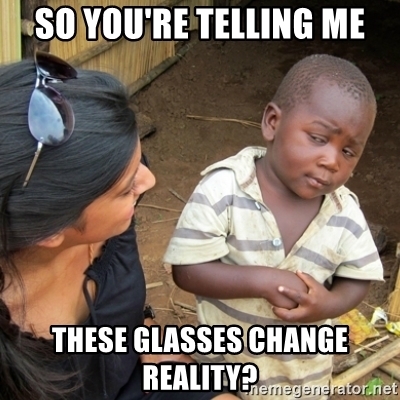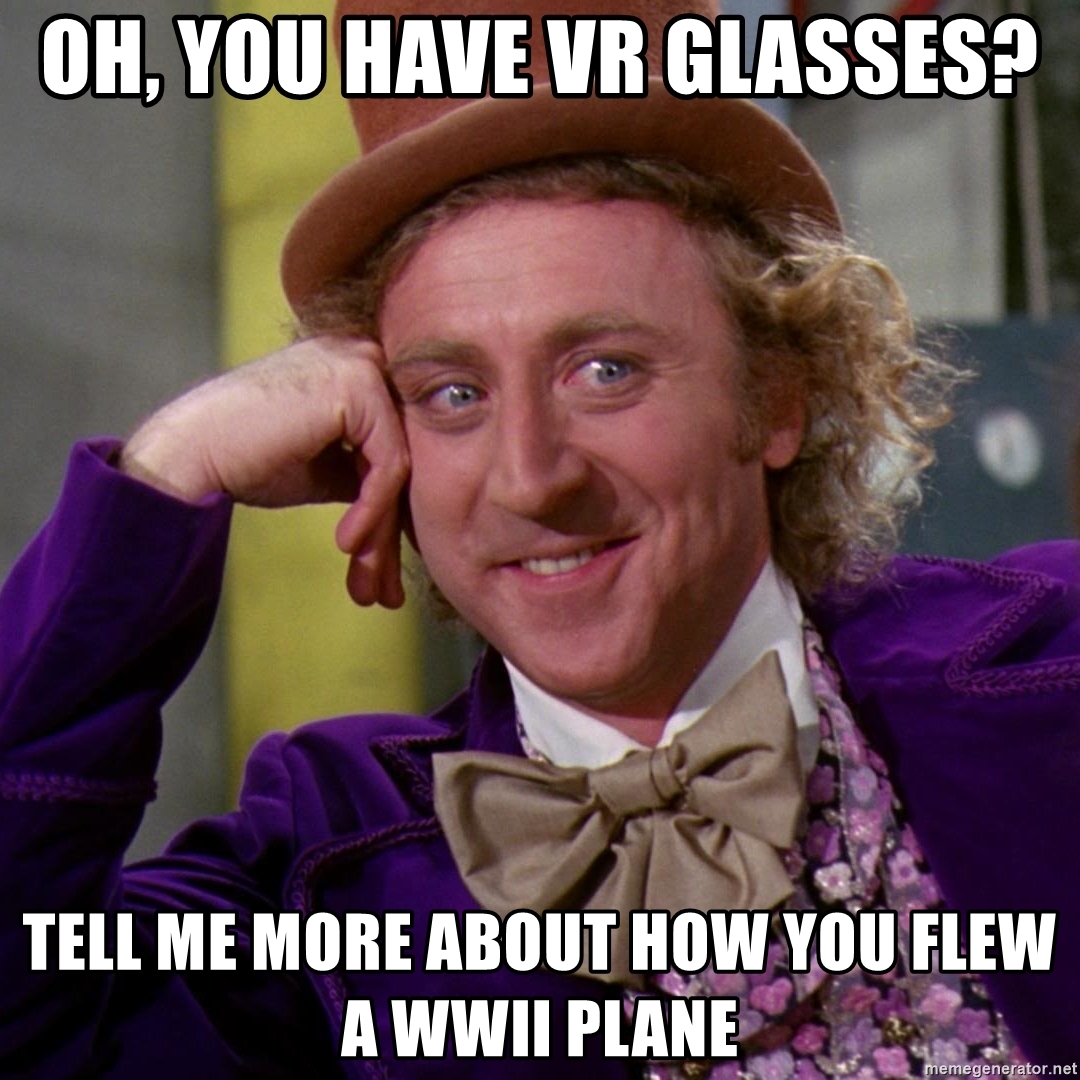Source reference
Griffiths, M. D. (2018). Adolescent social networking:
How do social media operators facilitate habitual use? Education &
Health, pp. 66-69. Retrieved February 26, 2019, from
http://content.ebscohost.com/ContentServer.asp?T=P&P=AN&K=132616118&S=R&D=eue&EbscoContent=dGJyMNXb4kSeqLU4xNvgOLCmr1Gepq5Sr664SbKWxWXS&ContentCustomer=dGJyMPGptE2yprdIuePfgeyx43zx
Article type
Periodical
Summary
This article explains the eight main
reasons why social media has become habitual to adolescents and teenagers.
In-depth summary
This article begins with Griffiths
explaining how he was to give oral, after written, evidence of the effects of
social media and addiction. Young people may experience what Griffiths believes
are the six components to an addiction: salience, conflict, mood modification,
tolerance, withdrawal, and relapse.
- Salience: social media is the most important activity
- Conflict: neglect other aspects of life (social relationships,
education, everyday activities)
- Mood modification: social media used to modify mood states
- Tolerance: build up time spent on social media
- Withdrawal: negative psychological/physical effect if not
using social media
- Relapse: struggle to cut down/stop using social media
- (Griffiths, 2018, p.66)
Some
of these components may occur, such as not spending much time with family, but many
adolescents are not actually addicted to social media; it is seen as more of a
habit. Griffiths explains the main reason why social media use is seen as
habitual:
- Unpredictable rewards
- Social affirmation and validation
- Fear of missing out
- Smartphone sounds and vibrations
- Social connection
- Reciprocal liking
- Social competition
- Psychological investment
The first reason is unpredictable
rewards. There is an element of randomness and users can not predict what will
show up. This anticipation cam be psychologically pleasing as well as if they
get a notification that they did not expect that makes them feel good.
The next is social affirmation and validation. This is
seen mainly in the “like” button on Facebook but can also be found in other
social media. People like to feel rewarded for what they post, and the anticipation
makes them feel almost the same as getting that “like.” Also, simply waiting to
open the app “is a deliberate ploy to increase anticipatory feelings of the
user (because the anticipation of a reward is almost as good as the reward
itself in releasing dopamine) (Morgans, 2017)” (Griffins, 2018, p.67).
Another reason is the fear of missing out. Adolescents
do not want to feel like they are not getting that rewarding feeling while
others are. High levels of FOMO lead to negative effects such as lower
well-being and life satisfaction.
Smartphone sounds and vibrations also play a role in
habitual social media use. It is a natural reaction for teenagers to look at
their phone screens when they hear a sound or watch it light up. This is the
goal of social media operators and is described by Morgans as the “attention
economy.” They must grab the attention of users and then keep them engaged.
Social media creates a social connection for teenagers
in an easy and fast way. “Most individuals want to be connected with other
like-minded individuals” (Griffiths, 2018, p.67-68).
Reciprocal liking is another reason social media has become
a habit. If you “like” someone’s post, that person is more likely to now “like”
yours. “Reciprocal liking is tendency for individuals to like others who
express a liking for themselves (‘I like you because you like me’) (Eastwick
& Finkel, 2009)” (Griffiths, 2018, p.68). Social media operators typically
alert people when someone has seen, liked, commented, etc. on a post to enforce
the idea of reciprocal liking.
Along with this, adolescents tend to make “likes” and
social media a competition. They try to beat their own record for number of
likes or other people’s. It becomes a routine to check the number of likes
there is on a post to see if they are “beating” their “competition.”
Lastly, the large amount of time teens put into social
media gets them psychologically invested similar to how adults play the lottery
or gamble. Snapchat is a good example of this. The longer a streak is (consecutive
days sending pictures to each other), the more persistent the user is going to
be in continuing the streak.
Social media is not necessarily made to create
addictions, however just to get users to want to use it often. Teenagers use it
every day, and the more they are on these social media sites, the more likely
they are to create a routine out of it.
Evaluation (strengths and weaknesses)
This article had many strengths including
good reasoning and good examples/statistics. There were many other sources cited
which gave many different perspectives, although they all agreed that social
media has become habitual. The other side of the argument was mentioned briefly,
however, a weakness is the rebuttal could have been stronger with more solid evidence.
Relation to my research question
This is very relevant to my research
question because it gives the reasons as to why teenagers are addicted to
social media. Although it is seen as a habit, addiction is mentioned as well as
ways that the two are related. The first page explains how social media can in
fact cause an addiction even if it is not seen in many adolescents.
Significant quotes
“Research
suggests that a small minority of adolescents genuinely become addicted to
social media in the same way that other individuals become addicted to
activities such as drinking alcohol or gambling (Kuss & Griffiths, 2017)” (Griffiths, 2018, p.66)
“The
rewards – which may be physiological, psychological and/or social – can be
infrequent but even the anticipation of one of these rewards can be
psychologically and/or physiologically pleasing” (Griffiths, 2018, p.66)
“random
rewards keep individuals responding for longer and has been found in other
activities such as the playing of slot machines and video games (Griffiths,
1991)” (Griffiths, 2018, p.66-67).
“While
I have little doubt that such rewards (or the anticipation of such rewards)
release dopamine, the idea that dopamine ‘hijacks the brain’ and leads to
‘compulsive loops’ are analogies used in the media rather than the phrases used
by scientists (the word ‘hijack’ is emotionally-laden to say the least)”
(Griffiths, 2018, p.67).
“Higher
levels of FOMO have been associated with greater engagement with Facebook,
lower general mood, lower wellbeing, and lower life satisfaction, mixed
feelings when using social media, as well as inappropriate and dangerous social
networking site use (i.e., in university lectures, and whilst driving) (Buglass
et al., 2017; Oberst et al., 2017)” (Griffiths, 2018, p.67).
“Sounds
and vibrations are deliberately designed and distracting technologies that facilitate
users’ attentions away from the offline world and back to life online – pulling
individuals ‘out of the moment’ (Morgans, 2017) and is arguably an example of
‘persuasive technology’ (Alter, 2017)” (Griffiths, 2018, p.67).
“In
some recent research we did on obsessive selfietaking, social competition
(i.e., getting the most ‘likes’ for selfies posted online) was one of the major
reasons for posting selfies in the first place (Balakrishnan & Griffiths,
2018; Griffiths & Balakrishnan, 2018)” (Griffiths, 2018, p.68).
“Individuals
have spent so much time psychologically invested that to stop doing it would
mean that all their previous time spent on social media sites has been a
complete waste of their time” (Griffiths, 2018, p.68).
Vocabulary words
FOMO-
fear of missing out


